Smartphones are dead Part V: How much farther Microsoft? Microsoft: Not far now
As a kid growing up in the 80s, one of me and my family's favorite Saturday morning cartoons was The Smurfs.
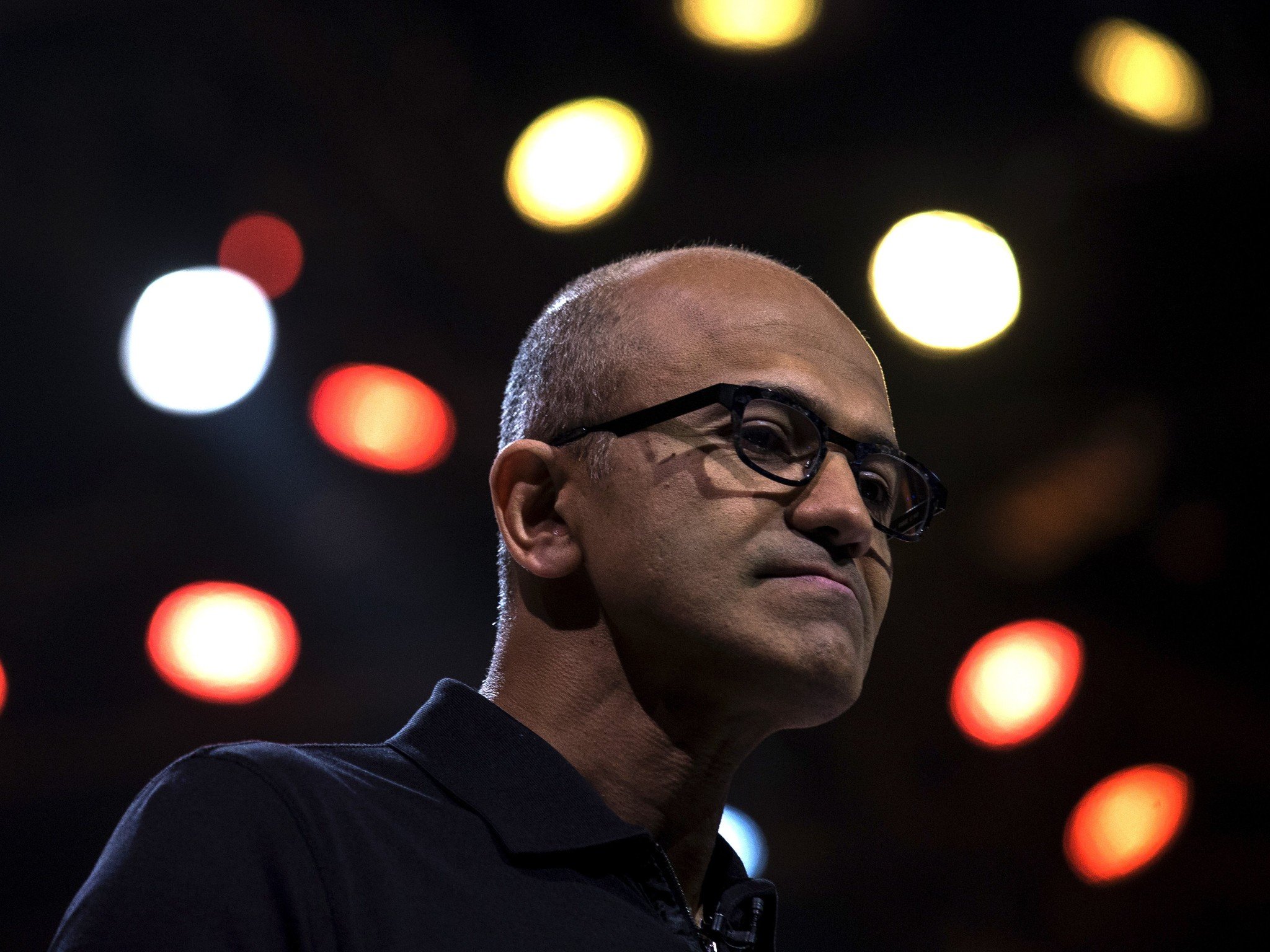
In one particular episode, the Smurfs embarked upon a long journey led by their beloved leader, Papa Smurf. At various points during this arduous trek, the Smurfs repeatedly asked, "How much farther Papa Smurf?" To which Papa patiently replied, "Not far now."
As the journey progressed, the Smurfs became increasingly weary of their travels and impatiently pressed Papa Smurf with, "Is it much farther Papa Smurf?" Eventually, Papa's patience expired and in exasperation he snapped, "Yes it is!"
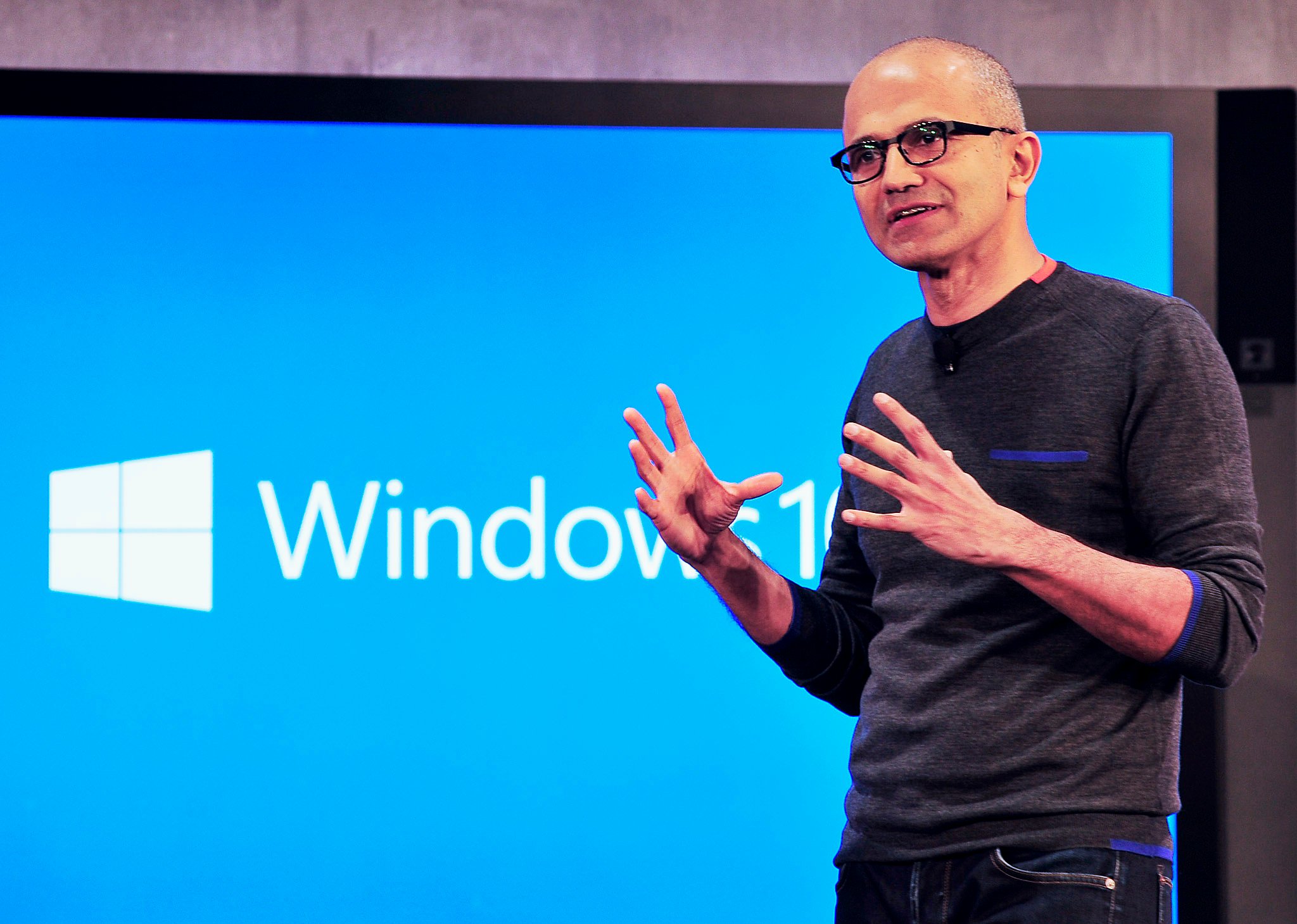
We've heard some very ambitious plans from Microsoft in recent years. A unified platform, cloud management of mobile experiences, a pervasive digital assistant brokering conversations with bots and likely the most desired by fans, a device that is beyond that of the modern smartphone. An ultra-mobile PC perhaps. A category-defining device (not unlike the Surface) that officially transitions us beyond the age of the smartphone. Microsoft's CEO Satya Nadella sees the smartphone's dominance as a central hub, like the PC, as a transitory phase in personal computing after all:
…the high volume device is the six-inch phone...But to think that that's what the future is for all time to come would be to make the same mistake we made in the past…Therefore, we have to be on the hunt for what's the next bend in the curve…We're doing that with our innovation in Windows…features like Continuum.
The recently misunderstood Windows Devices Chief, Terry Meyerson had this to add about what we can expect from Microsoft's "phone" division next year:
"We're going to do some cool things with phones…
Microsoft's platform, cloud, communication and device ambitions sound inspiring and encouraging and for many trying to process how this will all work from an everyday user perspective – it can also be a bit confusing. But, more than anything else, to many Microsoft fans, writers, and other industry watchers it seems to be taking a very long time for all of this to come together. Many are asking:
"Is it much farther Microsoft?"
Uncharted territory
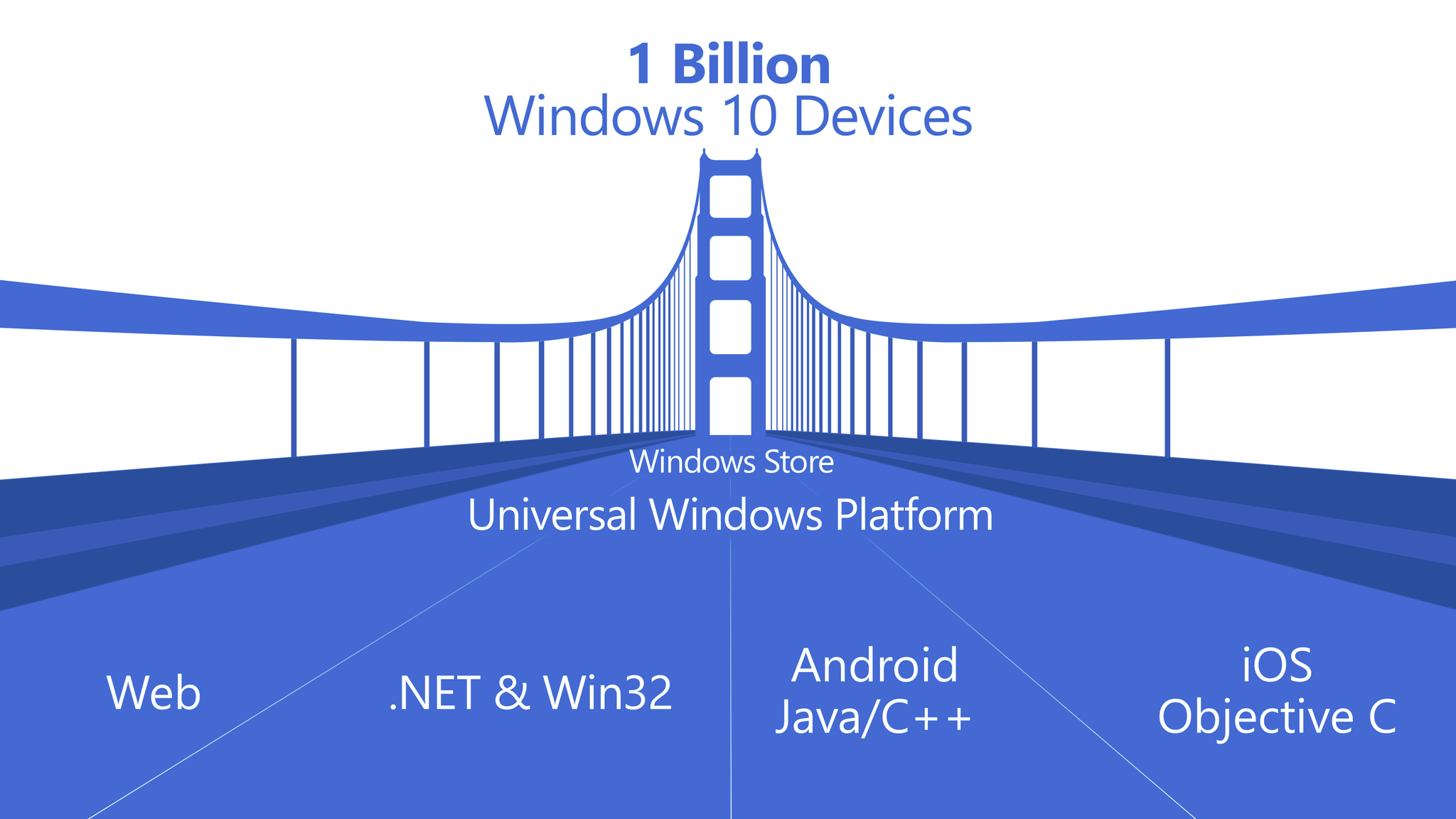
Much of the progress toward the fulfillment of the ambitious plans that Microsoft has laid out for itself has been met with disappointment, skepticism, misunderstanding and even anger from fans, writers, developers and well anyone with an opinion. Headlines, comment sections of articles and the venting voices echoing across social media bear this out.
All the latest news, reviews, and guides for Windows and Xbox diehards.
Don't get me wrong there are plenty of folks who can see the light at the end of the tunnel. Again, don't get me wrong, it's a long tunnel. We're looking at at least another year's journey before the hopeful manifestation of one of the most anticipated fruits of Redmond's labors: The Surface "phone." And if you ask me I think Panos Panay really wants to bring this device to market.
Will the rumored Surface Phone be a reimagined Surface Mini
A device that I have contended will not be a phone at all, but a pocketable ultra-mobile Continuum powered pen-focused Surface branded personal computer with telephony. It will be a digital notepad just like Panay's loved – canceled - but still used Surface Mini. It will also occupy the lowest tier in the Surface line below the Surface Book which is a laptop and digital clipboard and Surface which is a tablet and a laptop; again just like the Surface Mini would have done. This analysis is at least my view given the direction of the market and what is evident of Microsoft's mobile strategy.
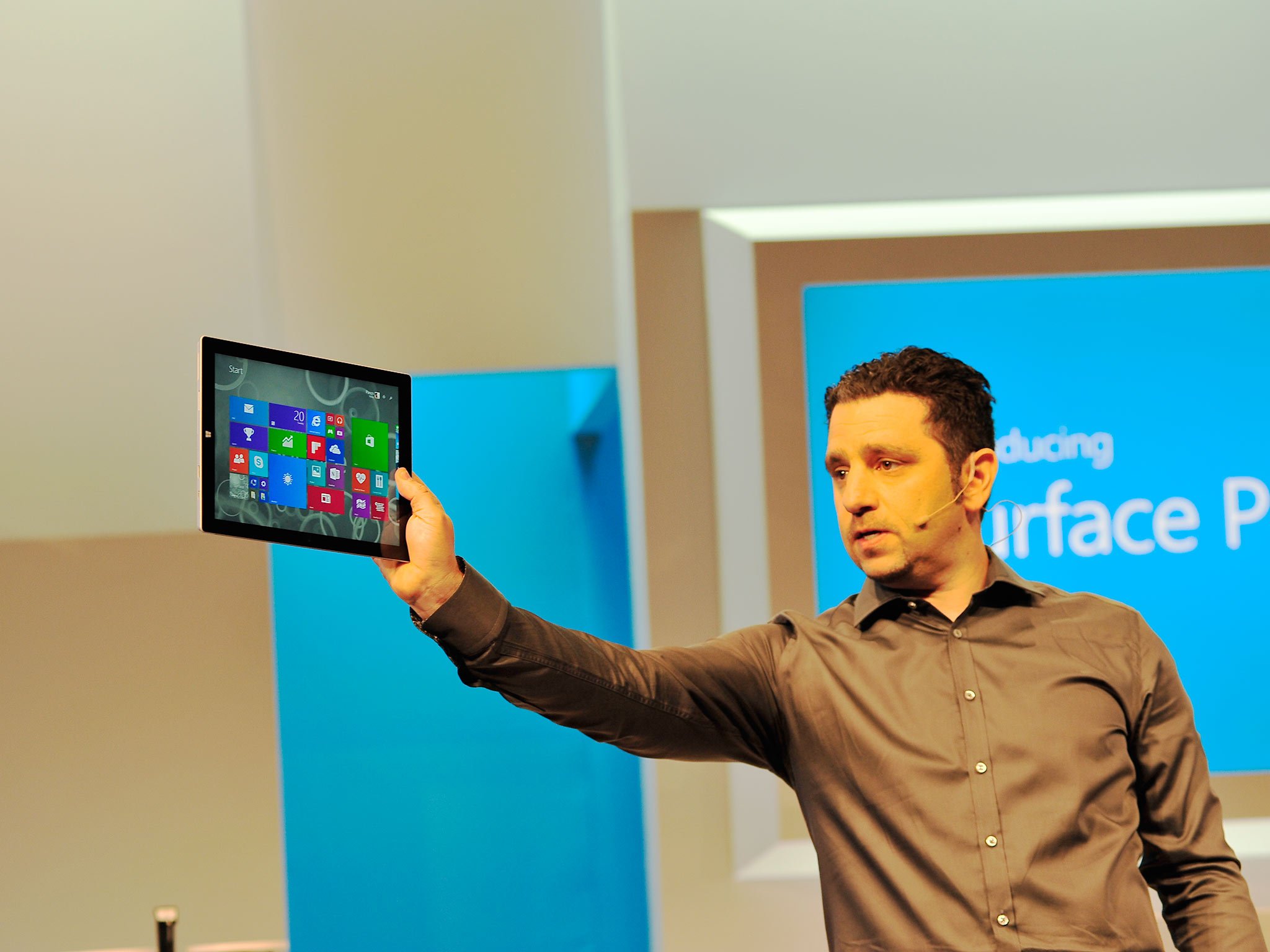
We had hoped this would happen by Q4 of 2016 - "Is it much farther Microsoft?" - but alas Redmond has pushed the Surface "phone" out to Spring of 2017 – "No, not far now."
"Not far," of course is relative to the big picture, long-term, multi-year, strategy perspective of Microsoft's CEO. A strategy that we are only a mere two years into by the way. For perspective, as long-term plans go, that's not long.
Many have grown tired of the "next-year-everything-will-change-for-Microsoft's-mobile-efforts" mantra.
But like Papa Smurf's weary children for whom assurance that the journey was nearly over offered no further consolation, many have grown tired of the "next-year-everything-will-change-for-Microsoft's-mobile-efforts" mantra. This attitude is despite the promises of the plan toward a unified platform, the goal of a convergent device beyond a smartphone, the flow of the industry toward a "Microsoft-friendly PC in the pocket" model and the progress that has been made toward that end.
The uncertainty of the potential success of this strategy is fueled by Microsoft's past failures, low and, though strategically expected, declining mobile market share and the daunting success of Apple's and Google's mobile platforms. This confluence of factors has coalesced into the simple, concise and frequently echoed mantra: Windows Phone is dead.
Is Windows Phone dead? Despite the cacophony of negativity that bellows from the digital platforms we look to for direction, the answer is no. Can it die? Sure. Anything can. Nations, governments, cultures and corporations have risen and fallen throughout the ages. But put in perspective Microsoft's current mobile position, as we've shared in the past, is not one of death but one of transition. Mobile is a critical part of Microsoft's personal computing strategy, and as a recent email from Terry Myerson revealed they are fully committed for years to come.
Against all odds
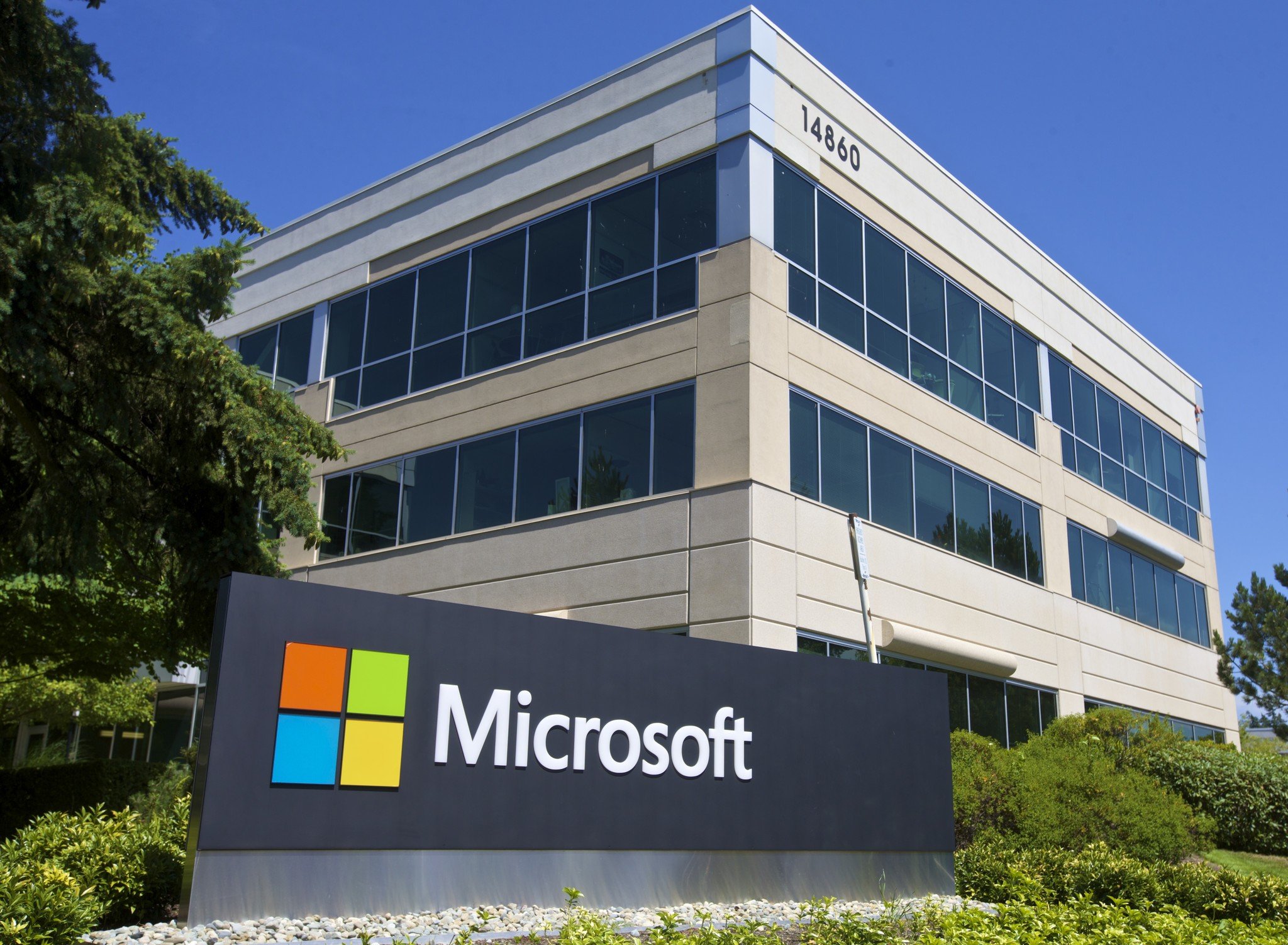
That said, Microsoft has communicated a plan that is both bold and unprecedented. What Redmond is doing with the Universal Windows Platform and context-sensitive devices has never been done before, particularly on such a vast and comprehensive scale. This paradigm shift is new territory for the industry of developers, manufacturers, bloggers, investors even Microsoft themselves. So the confusion, the misunderstandings, miscommunications and a host of other frustrations are par for the course. The success of this long-term strategy, I have argued, does position Microsoft in an advantageous position above Apple and Google.
Why Microsoft is positioned beyond the curve, leaving behind Apple and Google
Many of the seeds have only recently (relatively speaking) been planted, however. Naturally we'd love to see the fruition of plans shortly after we become aware of a strategy. A mature unified platform, Bridge converted apps, a Surface "phone" and a host of other anticipated goodies couldn't come too soon. Corporate strategies, however, are complicated forward-looking affairs with goals set five to ten years in advance. Though objectives are scheduled as incremental steps along the path of these multi-year strategies toward a communicated goal, our expectations are best served when aligned with the big picture.
This is new territory for Microsoft themselves.
This view, rather than the imposition of our own desires for immediate results upon the strategy of a multi-billion-dollar corporation competing and repositioning in a multi-billion-dollar industry, is the logical course. Patience, though a hard thing to ask and even harder to give, is required nonetheless.
Dreaming big, core foundation
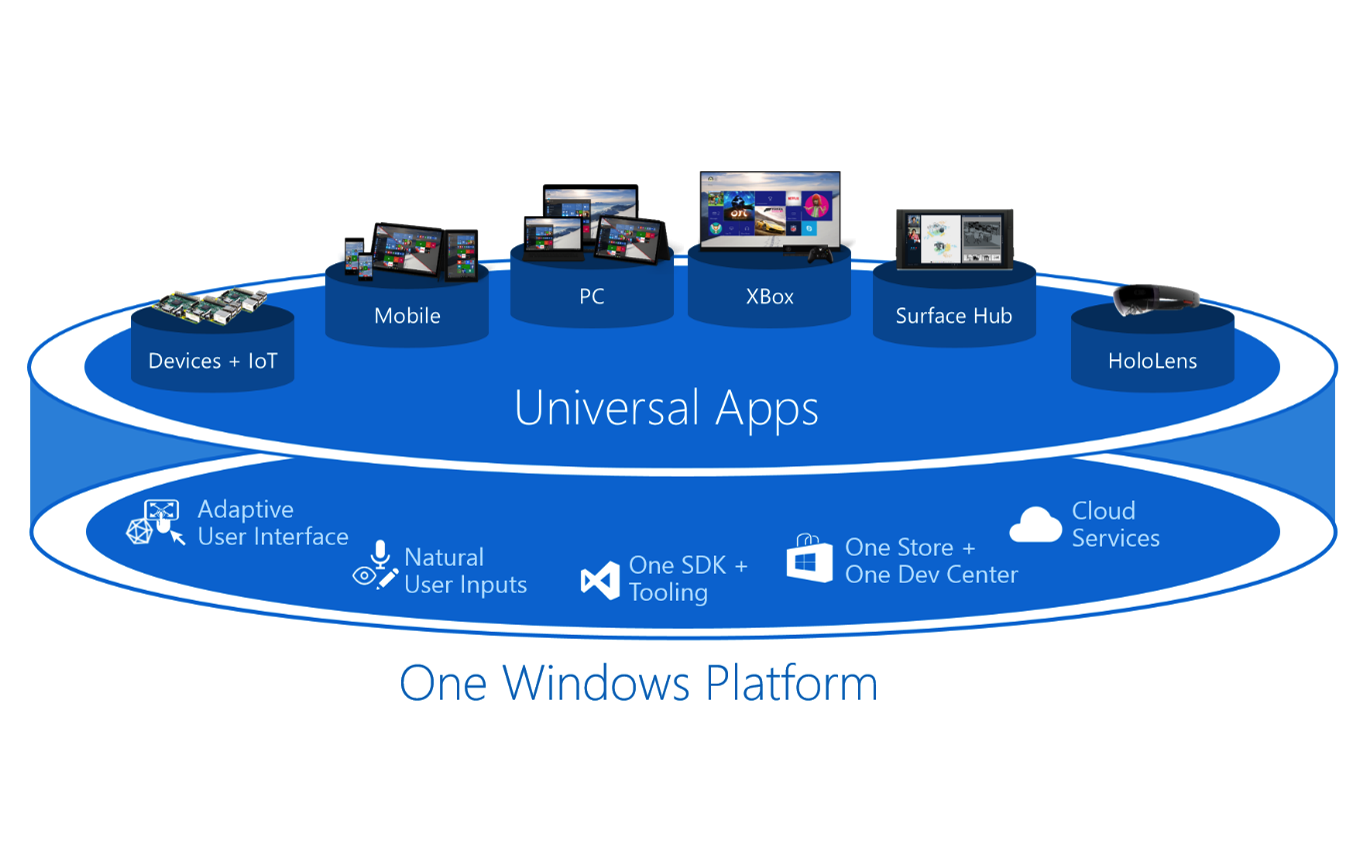
The patience-invoking course that Microsoft has set upon is complex to be sure. Under the "One Microsoft" banner cross-pollination of departments, strategies, engineering and other resources intricately intertwine the fate of numerous objectives. An observer's focusing on a single effort without looking at other areas where the company is investing in innovation will invariably paint an incomplete picture. We can't get a good picture of Microsoft's goals for mobile, for instance, without thinking about how Microsoft is evolving and nurturing the entire Windows ecosystem. This point even includes how the company is evolving how users will interact with their digital experiences through Conversation Canvases, Cortana, and bots.
Microsoft's bold ambition may seem to be unattainable "pie in the sky" dreams by some. A focus on the company's failures fuels this view. However, I'm sure the largely attained goal of Microsoft's founder's Bill Gates and Paul Allen's "PC on every desk and in every home" seemed to be an ephemeral goal by many as well.
Despite the less than optimistic assessments, every success is born of dreams, forged by careful planning and methodically executed by way of a detailed strategy. On the flip side, lack of forward motion due to fear of repeating failings of the past essentially makes failure inevitable. Our previous interview with Microsoft's Chris Pratley, Mike Tholfsen, and Chris Yu revealed that the company has dispensed of the legacy of fear that hindered the firm's innovation. Redmond is building its future upon this new foundation.
Microsoft is back from years in the woods fearless and full of ambition
Under construction
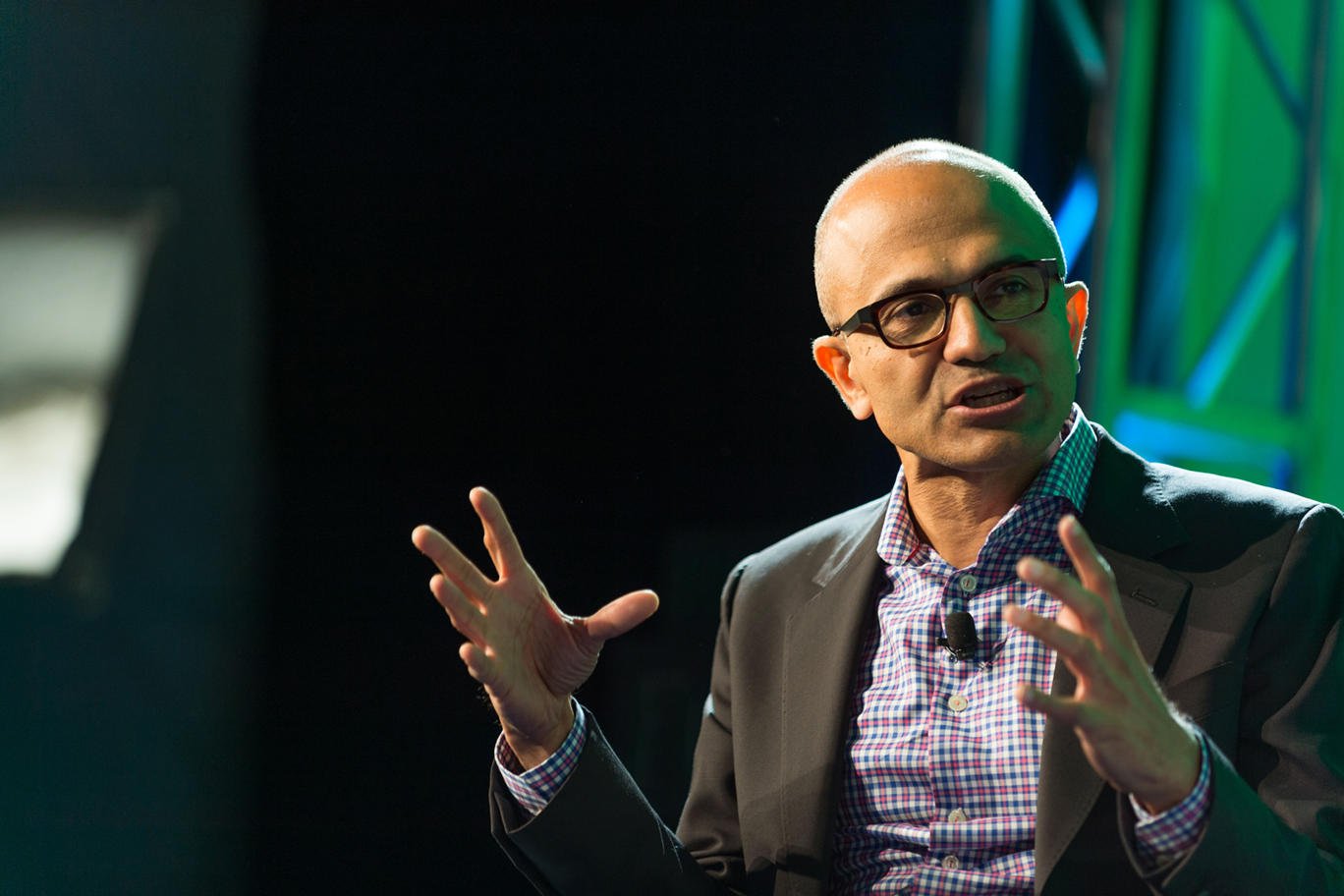
Let's look at this from a construction point of view. I find it intriguing to watch a building being constructed over time. Of course, the process is not observed in one sitting. It is far too complex an endeavor, involving far too many interdependent variables to accomplish overnight. Thus, the progress that is seen is observed in spurts. Over the period of months, the structure begins to take shape.
One thing that stands out to me, however, is that before any construction begins the area is typically fenced off. And on that fence is usually posted an image of how the new structure is expected to look. It's inspiring but looks nothing like the barren or disrupted space on the other side of that barrier. Remind you of anything?
As observers from the outside looking in, all we see is what looks like disorder. Heavy equipment, tools, materials, steel beams, piles of dirt and stones – a mess - is the view we see just past the image on the fence. We sometimes struggle to reconcile the reality before us with the promised image that is also before us. As laborers work with confidence on assigned tasks to bring that promised vision to fruition, their resolve and certainty can be reassuring even when we can't see how that "thing-a-ma-jig" their fitting into that "doohickey" fits into the big picture. Kind of like how when Gabe Aul announces another build release of Windows 10 Mobile. What's that last count by the way?
Windows 10 Insider Preview Build 14328 for PC & Mobile is now live for #WindowsInsiders in the Fast ring! https://t.co/nT6tHgtxrRWindows 10 Insider Preview Build 14328 for PC & Mobile is now live for #WindowsInsiders in the Fast ring! https://t.co/nT6tHgtxrR— Gabriel Aul (@GabeAul) April 22, 2016April 22, 2016
Yes, this whole UWP and Windows 10 Mobile thing does look like a big mess at times. But each build release offers some level of assurance that the team is hard at work making that "big picture" come to life.
Each build release offers some level of assurance that the team is hard at work making that "big picture" come to life.
Sometimes our inability to reconcile the apparent disarray before us with the promise ahead of us may cause some to yearn to see the blueprints to the structure. You know, the explicitly detailed plans governing the entire project.
Of course, blueprints, like corporate strategies that take into account not only today's reality but look five years to a decade down the road, are complex things. An observer hoping to satisfy his yearning for an understanding to assuage his short-term vision may be sorely disappointed as those blueprints that are crowded with a complex array of lines and measurements are not meant to be understood from a simple "I want to see results now" perspective.
Like blueprints, corporate strategies are multilayered abstract representations of developing concrete realities, that call for particular actions, resources and components at different points in a process. One can't erect the walls of a structure without first laying the foundation after all.
It's difficult to envision that there was ever a time that the space that it occupies was once desolate.
Put another way; Rome wasn't built in a day. Nor is a universal platform and the new type of devices, user experience and user interface structures that will exist within this new reality for that matter. However, when a structure is complete and serving its purpose, it is often difficult to envision that there was ever a time that the space that it occupies was once desolate, or the purpose it serves was previously void.
A smart (phone) foundation
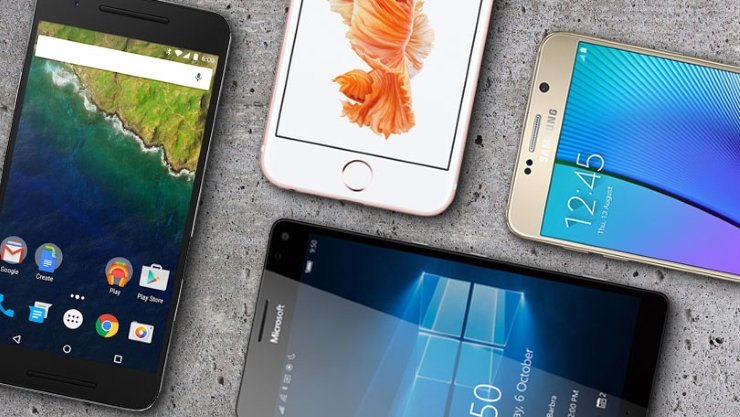
Since the introduction of the iPhone in 2007 consumers, tech leaders and bloggers have at times proudly ascribed the term "computers" to our smartphones. I know that we are all quite impressed with the power these pocketable devices hold. Thus, I contend that when many people proclaim that these "phones" are indeed computers they are giving testimony to their awareness of how far the devices have come technologically rather than possessing a real awareness of the impending shift in the positioning of these devices in the industry.
This is the age of the mini-tablet
In the brief nine years since the iPhone set the consumer space on a course where personal computing is quite literally in the palm of our hands, these devices have evolved tremendously. Still, we are close enough to the beginning of this journey that we can clearly remember when our phones were "not" computers.
Many are being blinded to the pragmatic reality that our "phones" are indeed personal computers.
It is this awareness that positions us to be still in such awe of the devices and what they can do that I think is blinding many to the pragmatic reality that our "phones" are indeed "personal computers" and not merely "smart" phones. As such we are still victims of the iterative spec race that provide relatively minor incremental improvements to our devices on a yearly basis. The iPhone and Android dominated smartphone industry perpetuates this system, though, as we discussed in part two, our personal computing desires are pushing us toward a more comprehensive mobile computing experience. One that a bigger and shinier device does not necessarily accommodate.
We are moving into a stage in smartphone evolution where the spec race is plateauing; device dimensions are reaching their comfortable size limits and virtually everyone who wants a smartphone has or can get one. Smartphones, as it were, are the norm. However, in this reality, we, consumers and developers, have increasing expectations that our "phones" should accommodate ever-increasing demands for more complex mobile personal computing and flexibility. I believe as we continue moving forward in a world where our "phones" are treated as our primary personal computer, we will become less forgiving of "missing" functionality that we find on our PCs.
We will become less forgiving of "missing" functionality that we find on our PCs.
If a phone will indeed be our primary personal computer, a reasonable expectation would be that, in time, most tasks our PC can do, our "phone" should do equally or nearly well. The "phone" should also be able to replace the PC for the majority of desired tasks. Such a scenario, of course, requires an entire ecosystem of support. A platform would have to exist that allows developers to build quality apps that run in both a mobile and PC environment. That same platform would have to exist across all form factors to accommodate user interaction with the same program from a host of different devices.
Microsoft's 'you are the hub' Windows 10 strategy is about us and here's why it matters
There would have to be a comprehensive cloud back-end that facilitates the user's digital experiences across form factors: mobility of experiences as it were. Hardware would have to exist within this ecosystem that could conform to various scenarios. The OS would have to be flexible enough to detect and accommodate a shift in context; transitioning a user seamlessly from static to mobile computing. Tools would arguably have to exist to bring legacy desktop apps to the platform that will power this new type of personal computing paradigm. Finally, personal computer manufacturers would have to see the shift in the industry and introduce hardware into the market that takes advantage of the rich software ecosystem.
This is the ecosystem that the "phone", a device small enough to fit in a pocket, but that is indeed a personal computer, requires. An ecosystem that tears down the barriers between the phone and PC environment's and thereby escapes the quest to accommodate more complex computing through iterative enhancements to phone hardware and software. Such an ecosystem takes time, persistence and commitment to build.
Building on the foundation
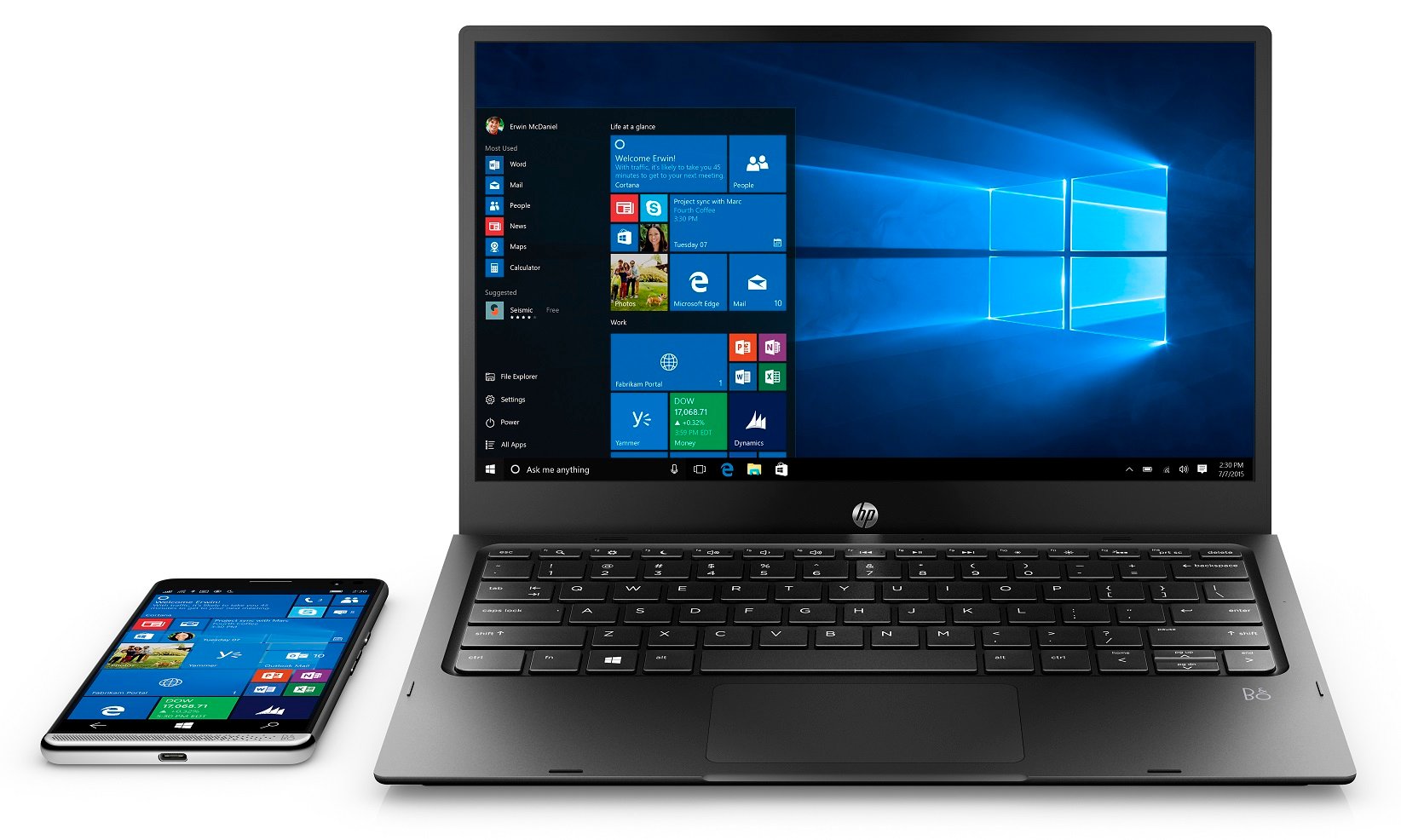
This course is the uncharted, transformative and disruptive approach that Microsoft has embarked upon with its Unified Windows Platform and Continuum. This basis is the foundation that has been laid just beyond that "fence" bearing the image showing us how the finished product is going to look. Despite the frustrations, misunderstandings, disappointments and even anger this is the new "mobile personal computing structure" we see taking shape before our eyes.
Like the erecting of a building it's a slow process, and frankly it sometimes looks pretty messy. But Microsoft is committed. If they are successful, they will inevitably offer a device that is beyond the curve in mobile. In time, an ecosystem supported by apps provided by Microsoft's app Bridges will support such a device as well as ultra-mobile PCs inspired partners will bring to market. Combined with a digital assistant that brokers our digital experiences with numerous bots we will likely find it hard to believe that there was a time where the space that that device fills in our lives was once desolate and the purpose it fills was once void. But alas we're not there yet:
"How much farther Microsoft?"
In silent response, Redmond remains focused and on course with its long-term strategy. The firm continues developing its Universal Windows Platform, labors at removing the systemic barriers between the PC and phone and strives to design a device that physically bridges the two. The company persists in its nurturing of relationships with manufacturing partners who will continue to promote the firms Continuum-based context sensitive personal computing ideology pioneered by the Surface and growing category of 2-in-1s.
And as has been the case since Redmond began this journey, albeit with greater assurance since Nadella's revised vision for the company two years ago I envision Microsoft's eventual patient reply: "Not far now."
Part I: This is the age of the mini-tablet
Part II: Evolve or die; Microsofts ultra-mobile PC

Jason L Ward is a Former Columnist at Windows Central. He provided a unique big picture analysis of the complex world of Microsoft. Jason takes the small clues and gives you an insightful big picture perspective through storytelling that you won't find *anywhere* else. Seriously, this dude thinks outside the box. Follow him on Twitter at @JLTechWord. He's doing the "write" thing!
